- Home
- About S&T
- Taxa/Organisms
- Ecosystems
- Issues
- Methods & Tools
- Reports & Publications
- Location
- Search
March 2009 | Publisher: USGS | Science Center: Western Ecological Research Center (WERC, Sacramento) | Format: .PDF
www.werc.usgs.gov — Fire occurs in many North American ecosystems, and most of these systems are resilient to fires that occur within a broad range of variability in frequency and intensity. In a recent USFS publication (General Technical Report PNW-GTR-779, ), USGS scientist Jon Keeley led a team of scientists from various agencies and academic institutions in More...
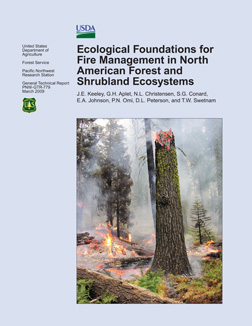
June 2008 | Publisher: Other Federal Agency (U.S. Environmental Protection Agency (EPA)) | Format: URL
www.climatescience.gov — The U.S. Environmental Protection Agency has released a report that can help reduce the potential impact of climate change on estuaries, forests, wetlands, coral reefs, and other sensitive ecosystems. The report identifies strategies to protect the environment as these changes occur. The report finds that climate change can increase the impact of More...

2007 | Publisher: Other (Ecological Society of America) | Format: .PDF
www.nrmsc.usgs.gov — Every winter, government agencies feed ;6000 metric tons (63 106 kg) of hay to elk in the southern Greater Yellowstone Ecosystem (GYE) to limit transmission of Brucella abortus, the causative agent of brucellosis, from elk to cattle. Supplemental feeding, however, is likely to increase the transmission of brucellosis in elk, and may be affected by More...

Publisher: USGS | Science Center: Alaska Science Center (ASC, Anchorage) | Format: URL
alaska.usgs.gov — This web resource provides information concerning the on-going Research at the USGS Alaska Science Center on birds and avian influenza (bird flu). The site links to quick facts, on-going research, workshop results, monitoring and surveillance, guidelines on how to safeguard against avian influenza, publications and reports, migratory bird More...
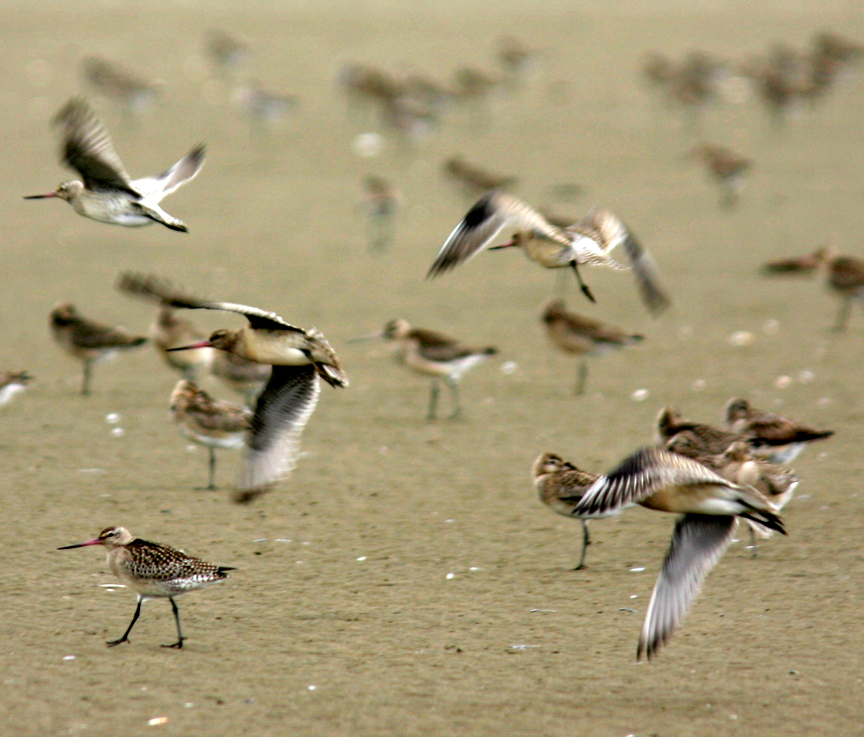
Publisher: USGS | Science Center: Western Ecological Research Center (WERC, Sacramento) | Format: URL
www.werc.usgs.gov — This study, funded by the Joint Fire Science Program, investigates how postfire treatments affect fuel load, fuel structure, plant community composition, and potential fire behavior on the west side of the Sierra Nevada Mountain Range. The four major fire areas in this study encompass a diverse range of silvicultural and environmental conditions More...
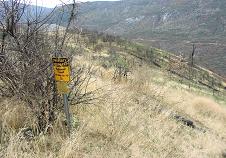
Publisher: USGS | Science Center: Western Ecological Research Center (WERC, Sacramento) | Format: URL
www.werc.usgs.gov — Riparian vegetation is intimately linked to the stream and river channels along which it grows. This project addresses the status of the riparian zone along Redwood Creek north coastal California, and answers three questions: 1) How have the overstory riparian conditions changed in Redwood Creek and major tributaries since the advent of timber More...

Publisher: USGS | Science Center: Forest and Rangeland Ecosystem Science Center (FRESC, Corvallis) | Format: URL
fresc.usgs.gov — Spotted owls are mostly non-migratory, long-lived birds whose populations have declined in mature forests of western North America. They are classified as three subspecies: California, northern, and Mexican. Northern and Mexican spotted owls are listed as threatened under the U.S. Endangered Species Act, and California spotted owls are not. In More...

Publisher: USGS | Science Center: Alaska Science Center (ASC, Anchorage) | Format: URL
alaska.usgs.gov — Mountains are the single dominant physiographic feature throughout most of Alaska. Indeed, mountains are such a defining feature of arctic Alaska and Beringia that they account for over 20 percent of the land area in the entire Holarctic (excluding the Greenland ice sheet). Not surprisingly, the avifauna of the region has been strongly More...
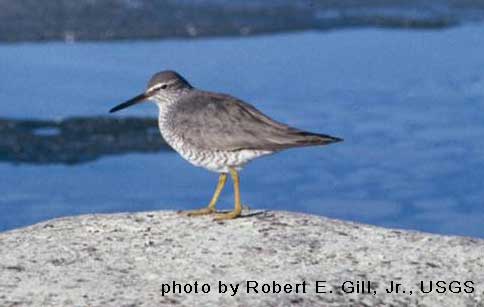
Publisher: USGS | Science Center: Forest and Rangeland Ecosystem Science Center (FRESC, Corvallis) | Format: URL
fresc.usgs.gov — Dense vegetation, rough terrain, and other variables may make it difficult to monitor forest-dwelling mammals. When direct counting is not practical, researchers in forested regions often rely on surveys of scat (animal waste) to study the abundance and distribution of the large animals. Biases, such as using different observers, may limit the More...

Publisher: USGS | Science Center: Western Ecological Research Center (WERC, Sacramento) | Format: URL
www.werc.usgs.gov — This resource provides an overview of the research on ways to prevent invasive annual grass invasions and restore invaded habitats, which has independently and repeatedly been identified by all land management agencies as a top national research priority. Annual grasses have invaded a number of shrub and forest ecosystems in western North America More...

Publisher: USGS | Science Center: Western Ecological Research Center (WERC, Sacramento) | Format: URL
www.werc.usgs.gov — USGS scientists are conducting research through the Joint Fire Science Program to determine if fire contributes most to plant invasion in low-nutrient soils by making available increased nutrients that invasive grasses may exploit more effectively than native flora. Soil nutrient changes can vary widely depending on soil properties and the amount More...
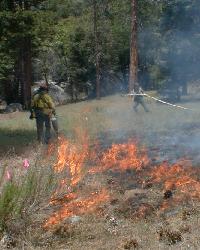
Publisher: USGS | Science Center: Fort Collins Science Center (FORT, Ft. Collins) | Format: URL
www.fort.usgs.gov — The severity of wildfires in recent years has increased public awareness and concern about a fuel build-up in western U.S. forests. Federal land management agencies are responding by greatly expanding programs to reduce hazardous fuels, but little is know about the efficacy of fuel treatments for mitigating wildfire severity or the influence of More...
